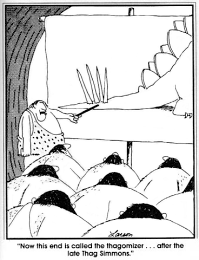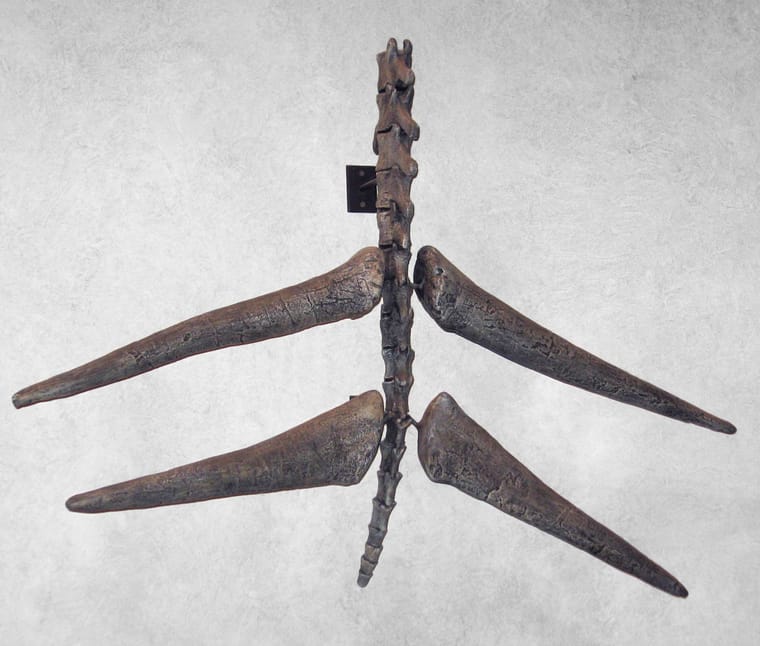Mildly interesting
-
Fuck that, deep fried pizza is freaking awesome.
-
Fuck that, deep fried pizza is freaking awesome.
@Aqua-Letifer said in Mildly interesting:
Fuck that, deep fried pizza is freaking awesome.
And since when is Nestle a horror? Chocolate? Really?
-
@Aqua-Letifer said in Mildly interesting:
Fuck that, deep fried pizza is freaking awesome.
And since when is Nestle a horror? Chocolate? Really?
@Mik said in Mildly interesting:
@Aqua-Letifer said in Mildly interesting:
Fuck that, deep fried pizza is freaking awesome.
And since when is Nestle a horror? Chocolate? Really?
Neutral in food, too.
-
@Aqua-Letifer said in Mildly interesting:
Fuck that, deep fried pizza is freaking awesome.
And since when is Nestle a horror? Chocolate? Really?
@Mik said in Mildly interesting:
And since when is Nestle a horror? Chocolate? Really?
I wonder if an American compiled the list and doesn't like Nestle because it doesn't taste like Hershey's

Also, black pudding is wonderful. We don't call it blood pudding.
-
@Mik said in Mildly interesting:
And since when is Nestle a horror? Chocolate? Really?
I wonder if an American compiled the list and doesn't like Nestle because it doesn't taste like Hershey's

Also, black pudding is wonderful. We don't call it blood pudding.
@Doctor-Phibes said in Mildly interesting:
@Mik said in Mildly interesting:
And since when is Nestle a horror? Chocolate? Really?
I wonder if an American compiled the list and doesn't like Nestle because it doesn't taste like Hershey's

Also, black pudding is wonderful. We don't call it blood pudding.
Agree on the Black Pudding, and the blood sausages.
-
@George-K said in Mildly interesting:
Farrier in training
Very good horse. And not very good parents.
-
A thagomizer (/ˈθæɡəmaɪzər/) is the distinctive arrangement of four spikes on the tails of stegosaurian dinosaurs. These spikes are believed to have been a defensive measure against predators.[2][1]
The arrangement of spikes originally had no distinct name. Cartoonist Gary Larson invented the name "thagomizer" in 1982 as a joke in his comic strip The Far Side, and it was gradually adopted as an informal term sometimes used within scientific circles, research, and education.
Etymology
The term thagomizer was coined by Gary Larson in jest. In a 1982 The Far Side comic, a group of cavemen are taught by a caveman lecturer that the spikes on a stegosaur's tail were named "after the late Thag Simmons".[3]
The term was picked up initially by Kenneth Carpenter, then a paleontologist at the Denver Museum of Nature and Science, who used the term when describing a fossil at the Society of Vertebrate Paleontology Annual Meeting in 1993.[4] Thagomizer has since been adopted as an informal anatomical term[5] and is used by the Smithsonian Institution,[4][6] the Dinosaur National Monument, the book The Complete Dinosaur[7] and the BBC documentary series Planet Dinosaur.[8] The term has also appeared in some technical papers describing stegosaurs and related dinosaurs.





